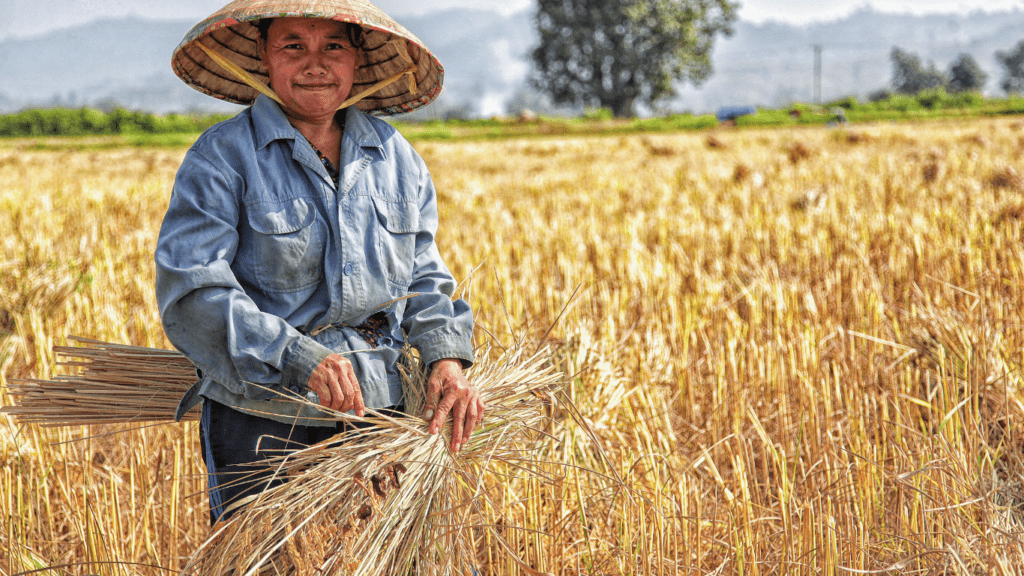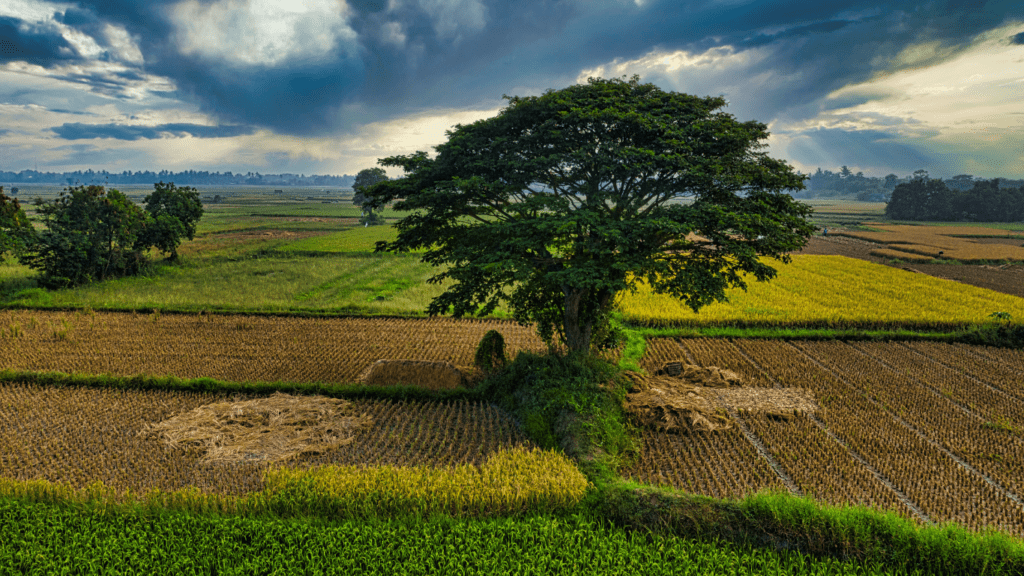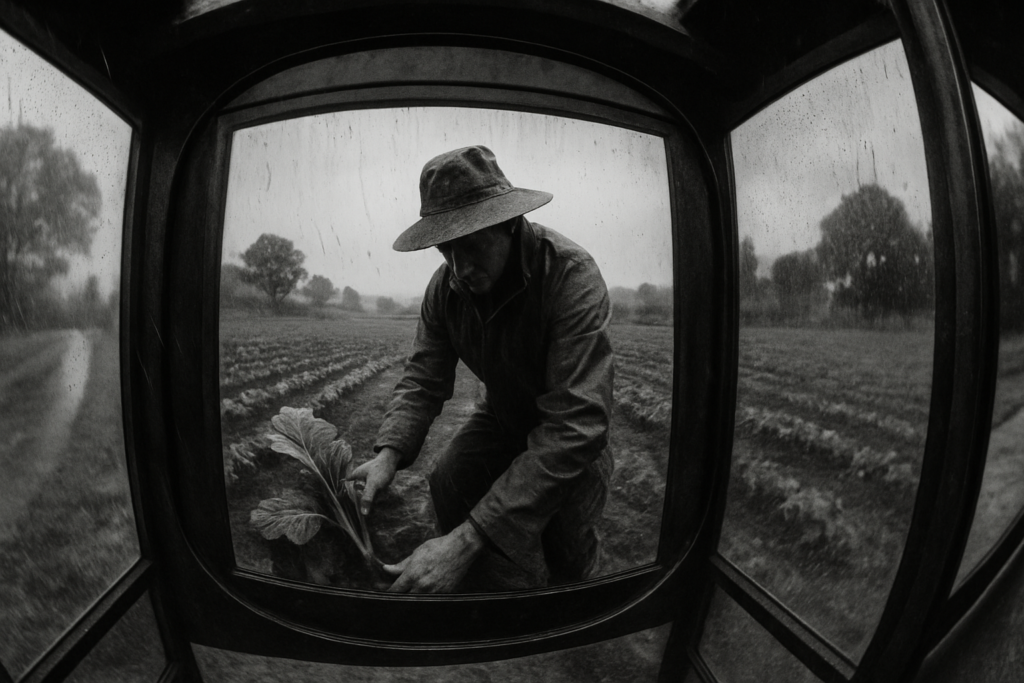Understanding Climate Change
Climate change refers to significant, long-term changes in global temperature, precipitation, and other atmospheric conditions. Human activities, particularly the burning of fossil fuels, deforestation, and industrial processes, release large amounts of greenhouse gases like carbon dioxide (CO2) and methane (CH4) into the atmosphere. These gases trap heat, causing the planet to warm.
- Temperature Rise: Global temperatures have risen by approximately 1.2°C since the pre-industrial era (1850-1900), according to NASA.
- Changing Rainfall Patterns: Increased evaporation rates lead to heavier, less predictable rainfall. Examples include more intense monsoon seasons and prolonged droughts in certain regions.
- Extreme Weather Events: Events like hurricanes, heatwaves, and wildfires are becoming more frequent and severe due to shifts in climate patterns.
- Sea Level Rise: Melting polar ice caps and glaciers contribute to sea levels rising by about 3.3 millimeters annually, affecting coastal ecosystems.
Understanding these elements can help gauge the broader impacts on agriculture. Elevated temperatures, erratic precipitation, and extreme weather events directly impact soil health, water availability, and crop productivity.
The Science Behind Crop Yields
Understanding crop yields involves examining how various factors influence plant growth. Crop yields, which quantify the amount of agricultural production per unit of land, depend on multiple interconnected elements.
Factors Affecting Crop Growth
Several factors impact crop growth, including:
- soil quality
- water availability
- temperature
- sunlight
Soil quality involves nutrient content and structure, both critical for root development and nutrient uptake.
Water availability, essential for photosynthesis and nutrient transport, depends on rainfall and irrigation practices. Temperature affects metabolic rates in plants; too hot or too cold conditions can stress them, reducing growth. Sunlight, necessary for photosynthesis, directly influences energy production in plants.
Importance of Climate Conditions
Climate conditions critically affect crop yields as they determine temperature, precipitation, and seasonal patterns. Consistent temperature changes can alter growing seasons or trigger extreme weather events, both detrimental to crops.
Precipitation patterns control water availability, which impacts soil moisture and the general health of plants. Seasonal patterns, including frost dates and length of growing seasons, play a significant role in planning agricultural activities and ensuring optimal growth periods.
Temperature increases can reduce yields of temperature-sensitive crops like wheat and maize. Inconsistent rainfall can cause droughts, affecting water supply for crops such as rice and soybeans.
These conditions, coupled with increased frequency of extreme events like floods and storms, compound the risk to agriculture, making understanding climate conditions vital for future food security.
Direct Impacts of Climate Change on Crops
Collectively, climate change directly affects crops through temperature variability, altered rainfall patterns, and increased extreme weather events.
Temperature Variability
Temperature changes significantly impact crop yields. Heat stress can damage plants, reducing growth rates. Increased temperatures can lead to shorter growing seasons, negatively affecting crops like wheat and maize. Warmer nights can impede processes like photosynthesis, which are essential for plant development. Conversely, cooler temperatures might delay planting and reduce crop yields.
Altered Rainfall Patterns
Changes in precipitation directly influence crop productivity. Excessive rainfall can lead to waterlogging, hindering root growth and promoting diseases.
Drought conditions reduce soil moisture, stressing crops and leading to lower yields. Inconsistent rainfall patterns can disrupt planting and harvesting schedules, affecting crops like rice and soybeans that rely on specific water availability.
Increased Frequency of Extreme Weather Events
Frequent extreme weather events pose significant risks to agriculture. Hurricanes and storms can physically damage crops and infrastructure.
Prolonged droughts can lead to soil degradation and loss of arable land. More frequent and intense heatwaves can exacerbate heat stress on crops, further diminishing yields. Crops like corn and rice are particularly vulnerable to these extreme conditions.
These direct impacts of climate change are critical to understanding for future agricultural planning and food security.
Indirect Impacts of Climate Change on Agriculture

Climate change indirectly affects agriculture through several mechanisms, impacting overall crop yields and food security.
Pest and Disease Proliferation
Rising temperatures and shifting weather patterns create favorable conditions for pests and diseases. Insects that thrive in warmer climates reproduce faster and spread to new areas.
For example, the European corn borer now affects regions previously too cold for them. Pathogens causing crop diseases also adapt to changing environments, increasing infection rates and reducing crop quality. According to the Food and Agriculture Organization (FAO), climate change contributes to a 2-6% annual increase in disease prevalence.
Soil Degradation
Climate change accelerates soil degradation through erosion, nutrient depletion, and salinization. Increased rainfall intensity leads to higher erosion rates, washing away topsoil essential for crop growth.
Drier conditions reduce soil organic matter, affecting soil structure and fertility. Moreover, rising sea levels and higher temperatures contribute to soil salinization, particularly in coastal areas. The United Nations estimates that soil degradation could reduce global agricultural productivity by up to 30%.
Regional Case Studies
Climate change affects crop yields differently across various regions. Regional case studies provide insight into these diverse impacts.
North America
In North America, rising temperatures and erratic precipitation patterns impact crop yields significantly. The Midwest, known as the “Corn Belt,” faces greater weather variability. For example, extreme heat during critical growth periods reduces corn productivity.
Droughts, especially in California, strain water resources necessary for irrigation. Almond and grape yields decline due to prolonged dry spells and increased evaporation rates. Increased pest populations in warmer climates also pose threats, requiring more pesticide usage.
Asia
Asia, with its diverse climates, experiences varied impacts on agriculture. In South Asia, unpredictable monsoons, vital for rice cultivation, lead to inconsistent yields. Flooding in low-lying areas during heavy rainfalls causes crop damage and soil erosion. For instance, Bangladesh’s rice paddies often suffer due to excessive flooding.
East Asia’s crops, like wheat and soybeans, endure challenges from increased temperatures and changing precipitation patterns. Higher temperatures accelerate crop maturation rates, reducing grain quality. Typhoons also damage crops, particularly in coastal regions like the Philippines.
Africa
Africa is highly vulnerable to climate change, threatening food security. Sub-Saharan Africa faces longer droughts and higher temperatures, reducing maize and sorghum yields. In regions like the Sahel, desertification exacerbates the issue by degrading arable land.
Pests and diseases, such as the Fall Armyworm, proliferate in warmer climates, further impacting yields. Southern Africa, reliant on maize, suffers from altered rainfall patterns, leading to both droughts and floods that devastate crops. Agricultural adaptation measures are critical to mitigate these impacts.
Strategies for Mitigation and Adaptation
Addressing climate change impacts on crop yields demands a multifaceted approach involving technology and sustainable farming.
Technological Innovations
Technological innovations increase agricultural resilience. Precision agriculture optimizes resource use by applying data analytics to monitor soil conditions, weather forecasts, and crop health.
Drones and satellite imaging provide real-time data, helping farmers make informed decisions. Genetically modified crops offer drought and pest resistance, enhancing crop survival under adverse conditions. Irrigation technologies like drip systems improve water use efficiency, vital in regions with decreasing water availability. Innovations in storage and transportation reduce post-harvest losses and ensure food security.
Sustainable Farming Practices
Sustainable farming maintains long-term soil fertility and ecosystem balance. Crop rotation prevents soil nutrient depletion and reduces pest cycles. Cover cropping protects soil from erosion and improves soil organic matter. Agroforestry integrates trees into agricultural landscapes, enhancing biodiversity and sequestering carbon.
Conservation tillage reduces soil disturbance, preserving soil structure and moisture. Implementing organic farming practices cuts chemical inputs, promoting healthier soils and ecosystems. Sustainable water management strategies, like rainwater harvesting, ensure efficient water use, crucial for dealing with climate-related water scarcity.
These strategies collectively address the challenges of climate change, ensuring continued agricultural productivity and food security.



